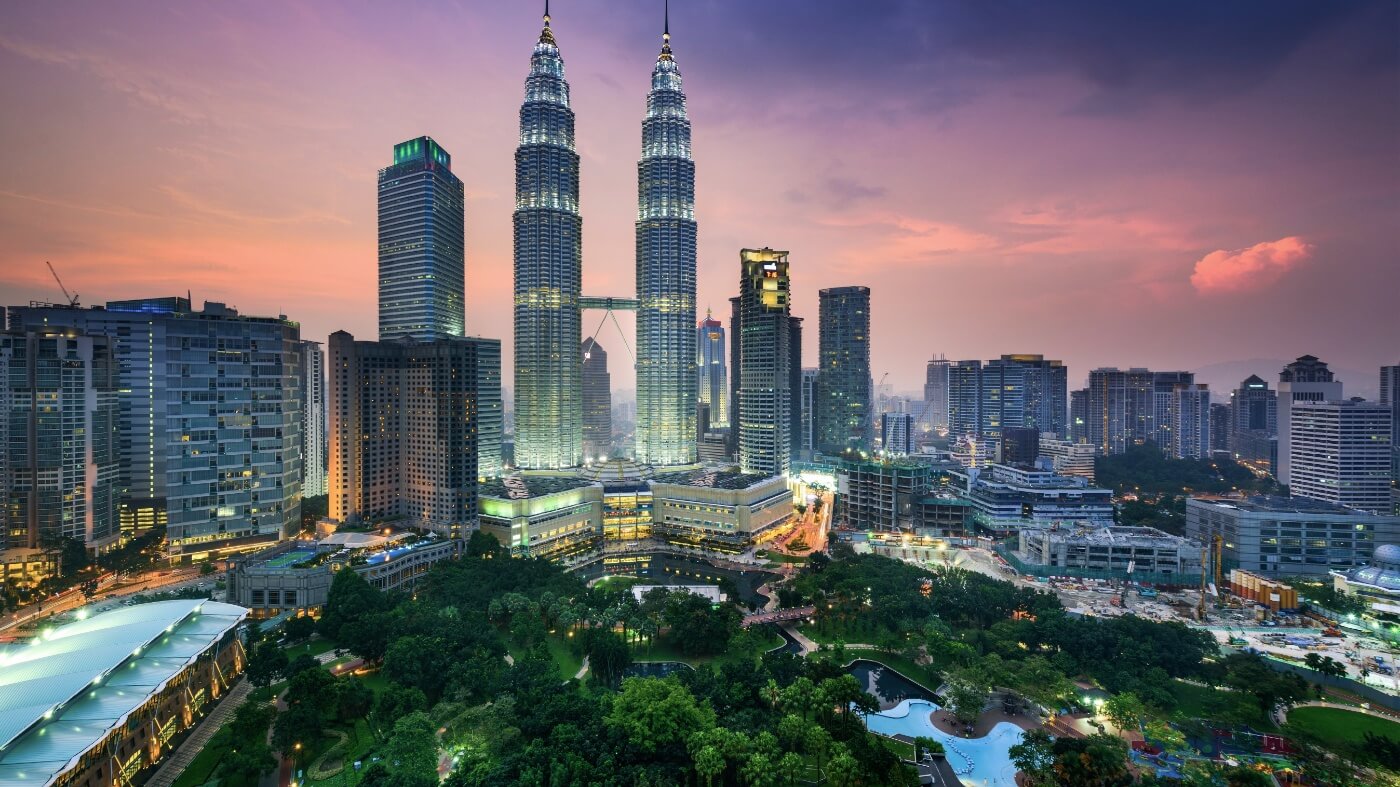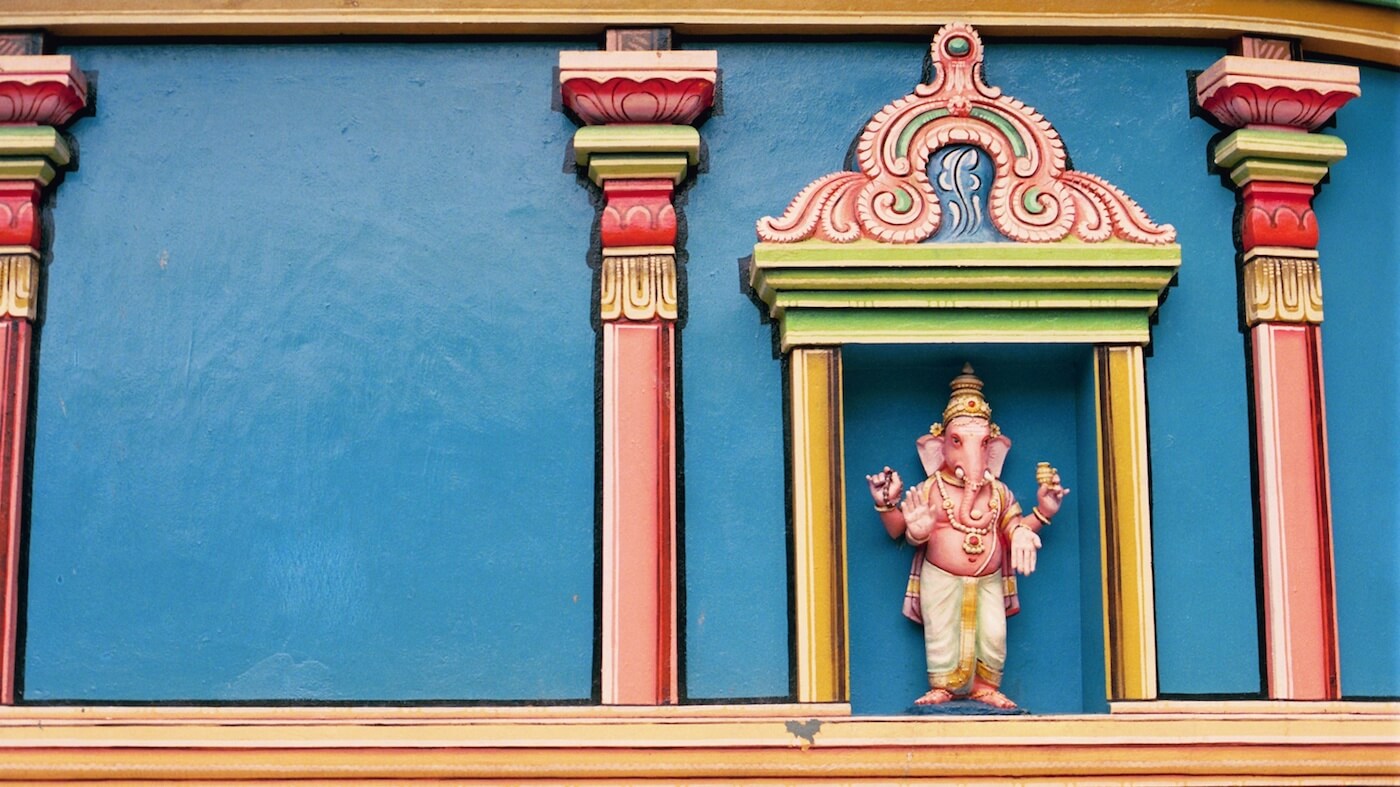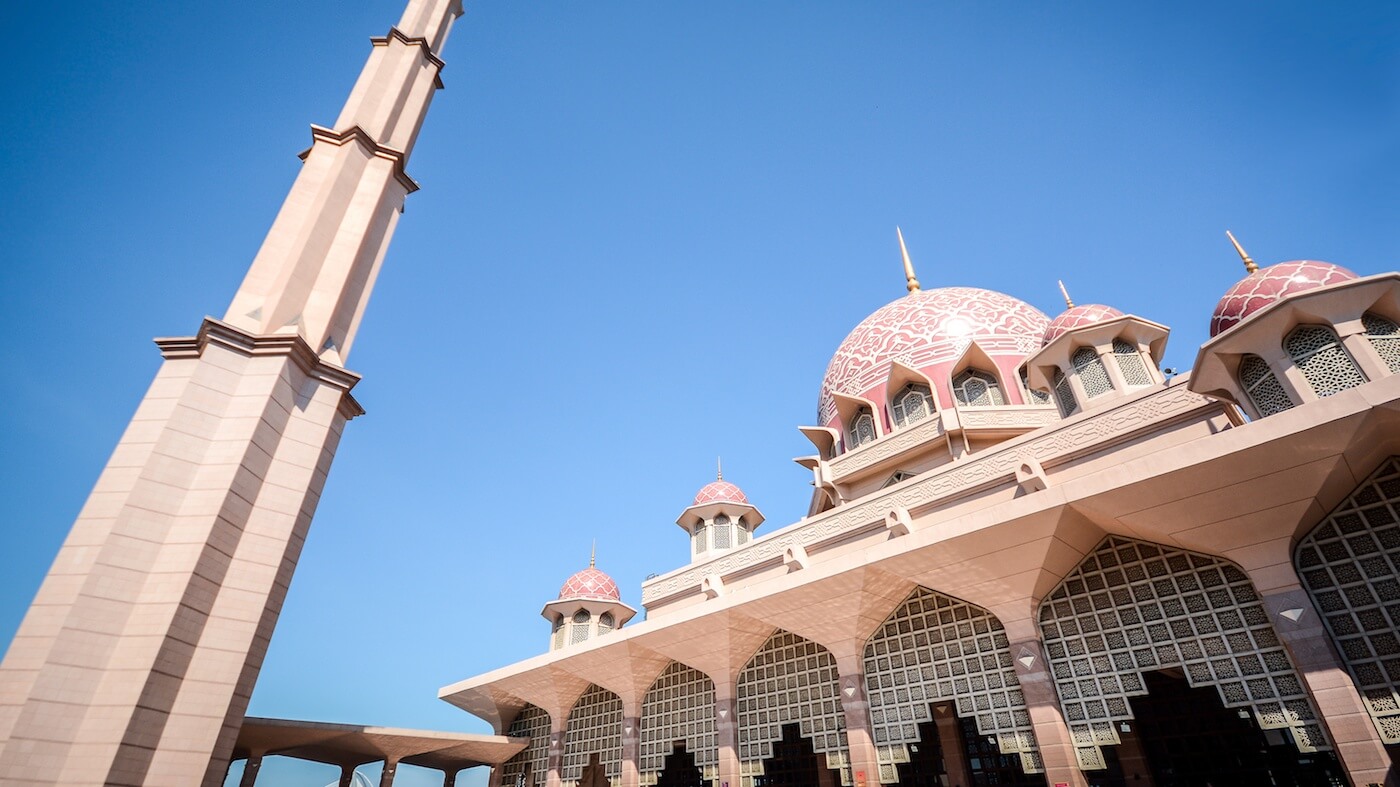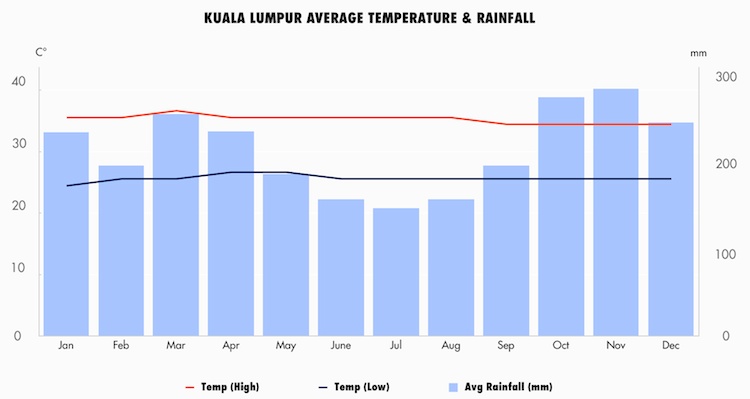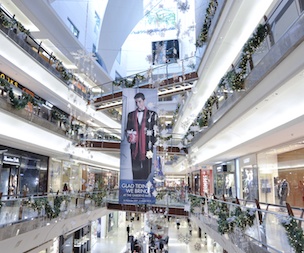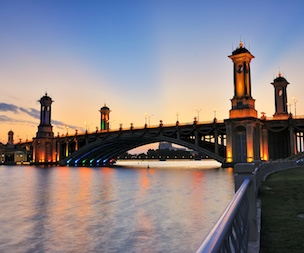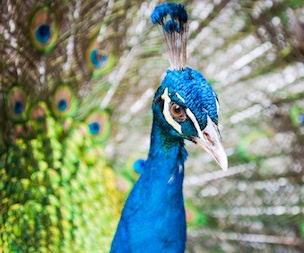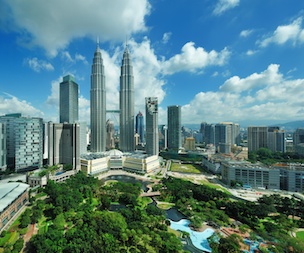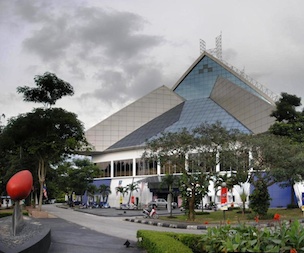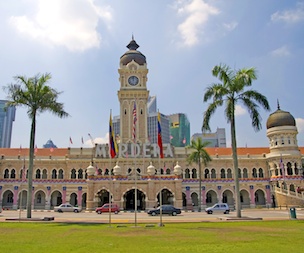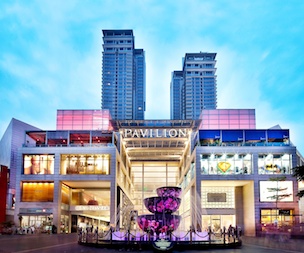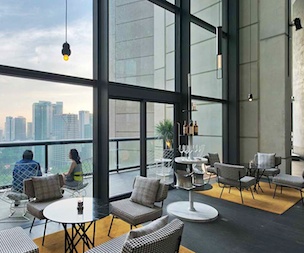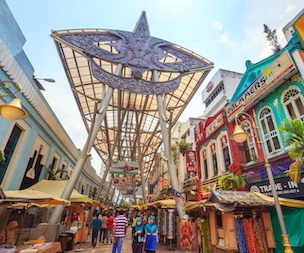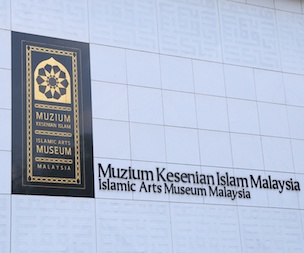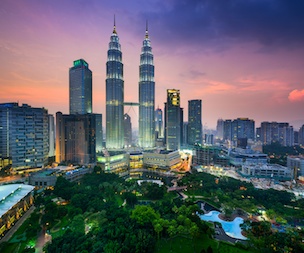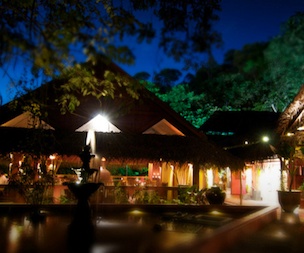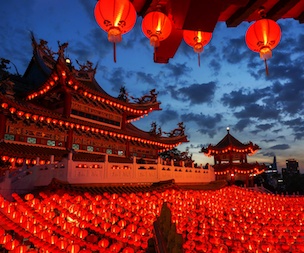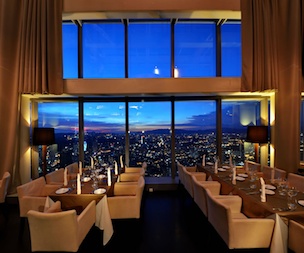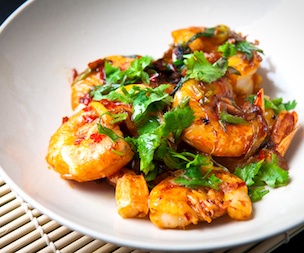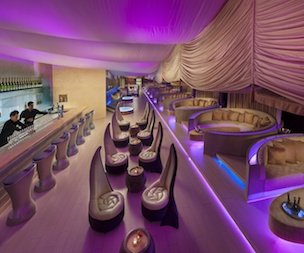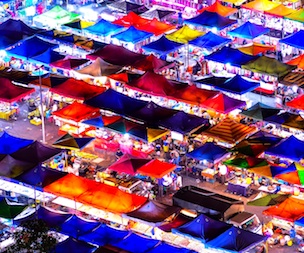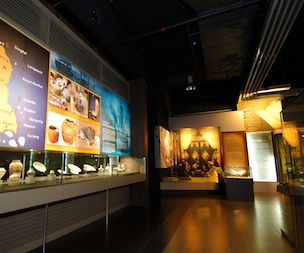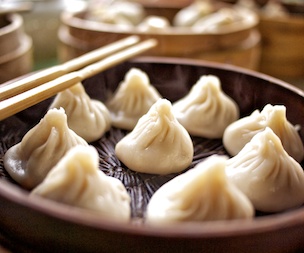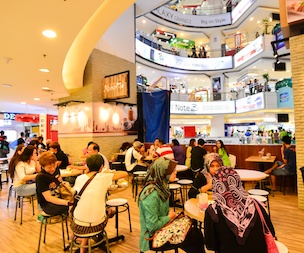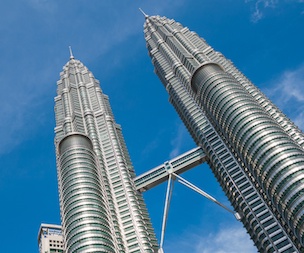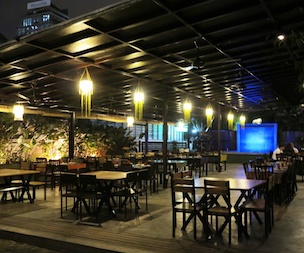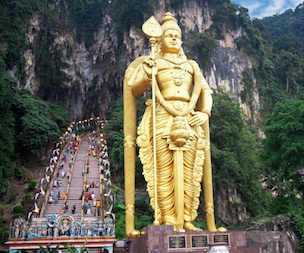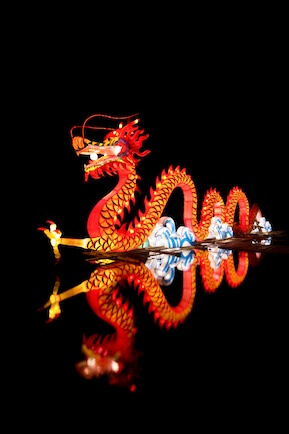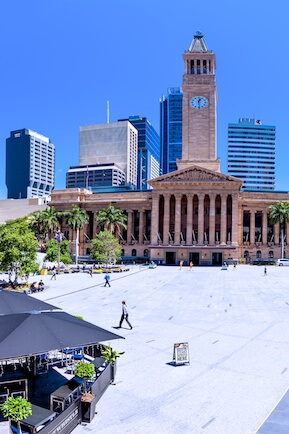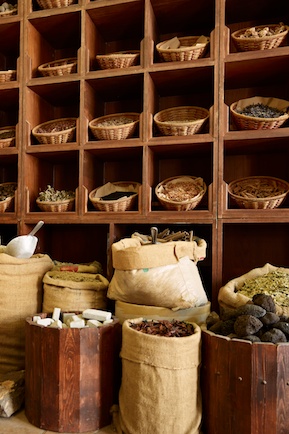Who would think, when faced with the countless skyscrapers that grace its skyline, that only 150 years ago, Kuala Lumpur was a makeshift camp surrounded by jungle on the Malaysian peninsula? Today, despite its tumultuous beginnings, described brilliantly by the KL City Gallery, the capital city’s growth seems to be unstoppable. Not content to be one of the great cities of South-East Asia, Kuala Lumpur has nurtured its international reputation and sums up all of the paradoxes of a continent treading a tricky path between tradition and rapid development.
Its excessiveness climbs up 450 metres high thanks to the Petronas Towers, the Siamese twins that have inevitably become the symbol of the city. From the Skybridge that connects the tallest twin towers in the world, the panorama is sinply breathtaking.
In Kuala Lumpur, modern buildings dreamt up by the crème de la crème of international architecture, like Capital Square, create a futuristic landscape. They are a vital part of the seductive, bustling urban lifestyle here, filled with light and the shopping malls that are so typical of the capital.
However, Kuala Lumpur is not about to give up its cultural heritage, born out of a rich melting pot. Malaysian Muslims live in harmony alongside Tamils, Indians and Chinese inhabitants. Their traditional neighbourhoods are never far from the towers of concrete and glass. Take the time to explore Petaling Street, Malaysia’s Chinatown, bustling with life both day and night, where food stalls fill its night market.
Street food, Asian malls, traditional cuisine from all four corners of Asia, large European restaurants with views of the impressive skyline… The flavours of Kuala Lumpur are one of the best illustrations is its diversity.
The cosmopolitan capital is actually a bit of an exception in Asia due to its many different religions. Muslims, Buddhists, Hindus, Taoists and Christians all practice their faith with the same enthusiasm, from Thean Hou Temple to St Mary's Cathedral. The places of worship and pilgrimage sites that can be found dotted around the city are all havens of peace for anybody who fancies taking a break from the hustle and bustle for a bit. Another place that always feels calm is the Islamic Arts Museum, which is well worth a visit. With its stunning inverted dome, it is the biggest of its kind in Asia.
Outside these peaceful places, the hustle and bustle continues. It comes to a climax during the religious festivals that fill the whole city with a celebratory feel. The Hindu festival, Thaipusam, brings together the Tamil community in January and February. Diwali, the Hindu festival of light, lasts for 5 days, creating an explosion of jubilant colours. The city also boasts a fantastic nightlife as the temperature begins to fall once the sun goes down. From trendy lounge bars that attract expats and hip young things, to traditional ceremonies, via Bukit Bintang, Malaysia’s answer to Times Square where the focus is on having fun and a festive spirit reigns. The highlight of this spirit is the Rainforest World Music Festival in Kuching, which attracts international and indigenous musicians from Borneo. The atmosphere is unlike any other on the planet, in keeping with Kuala Lumpur, which never fails to charm and make your dreams of getting away from it all come true.
See more

